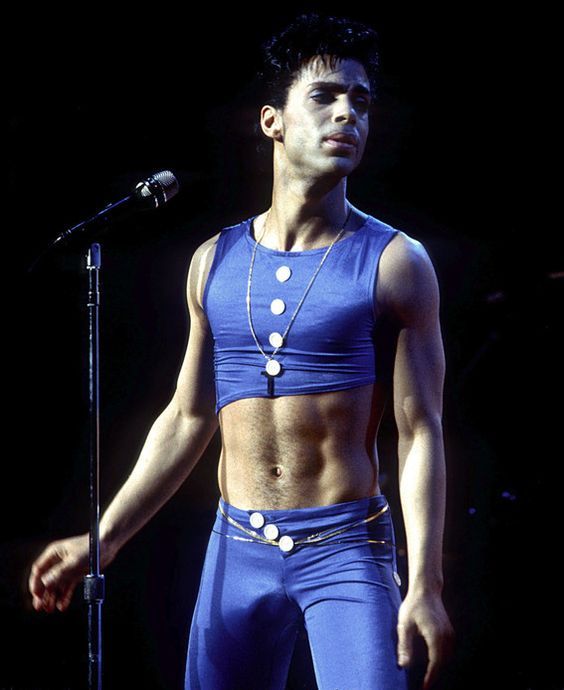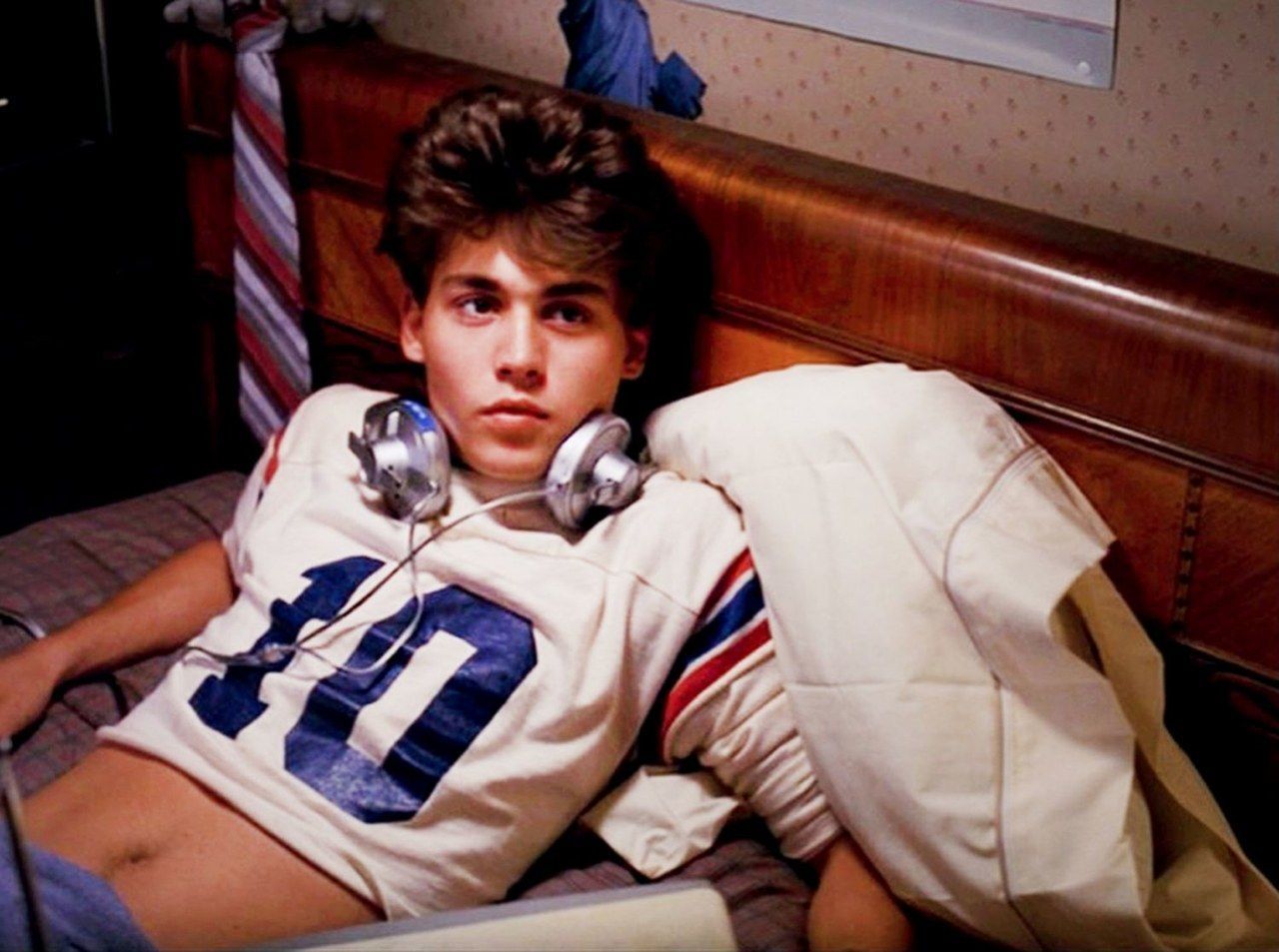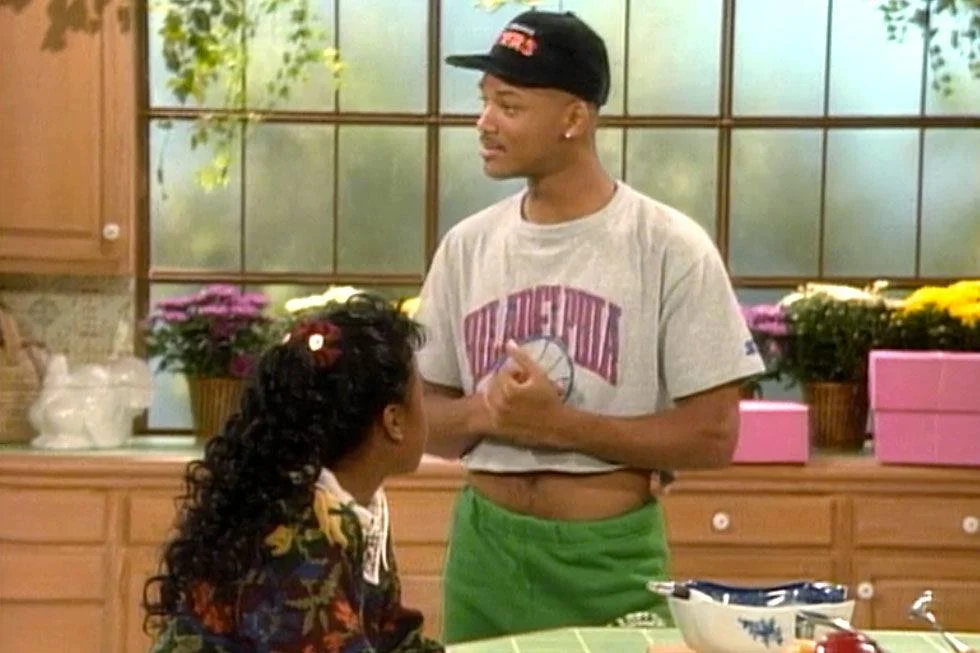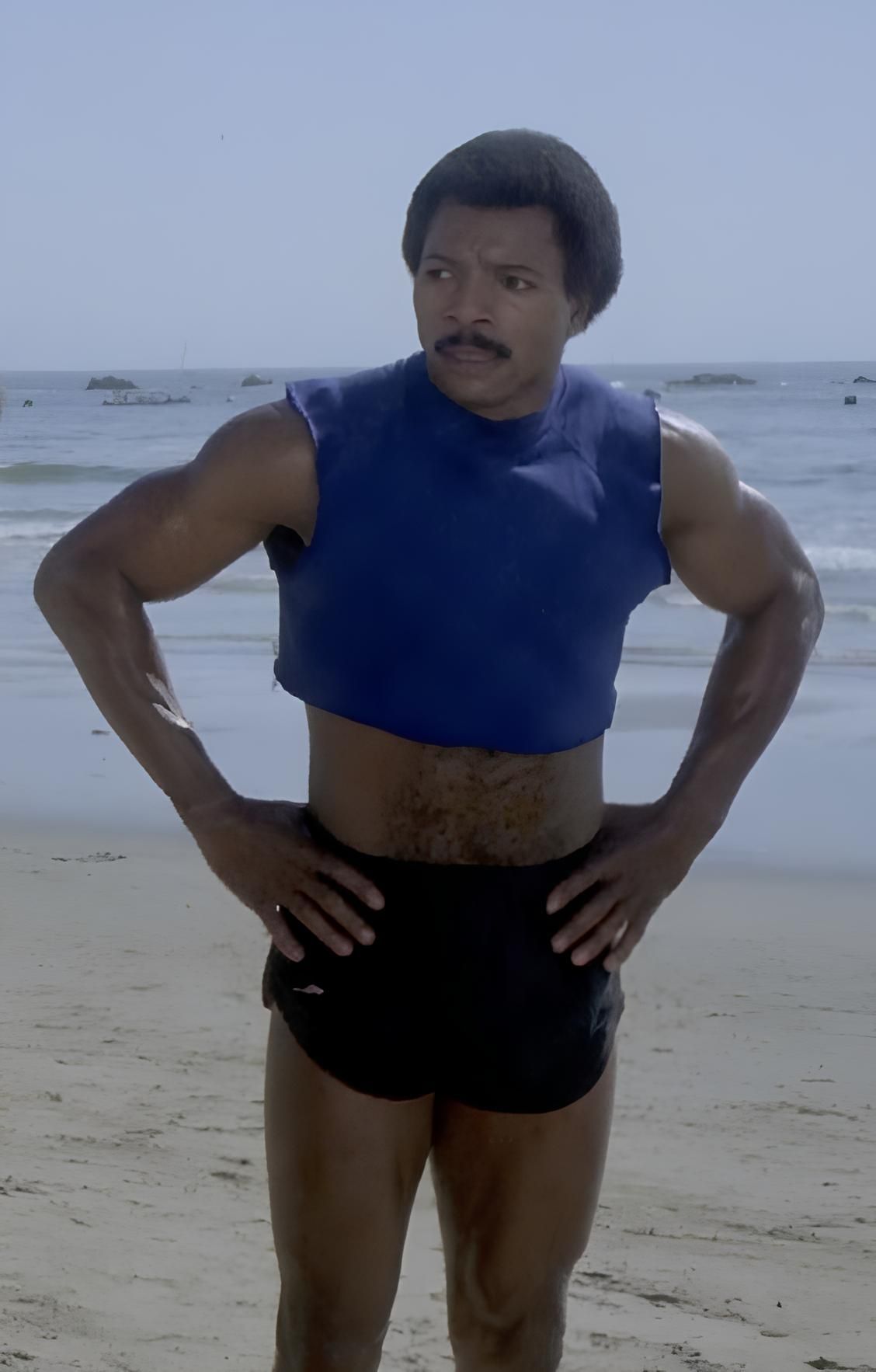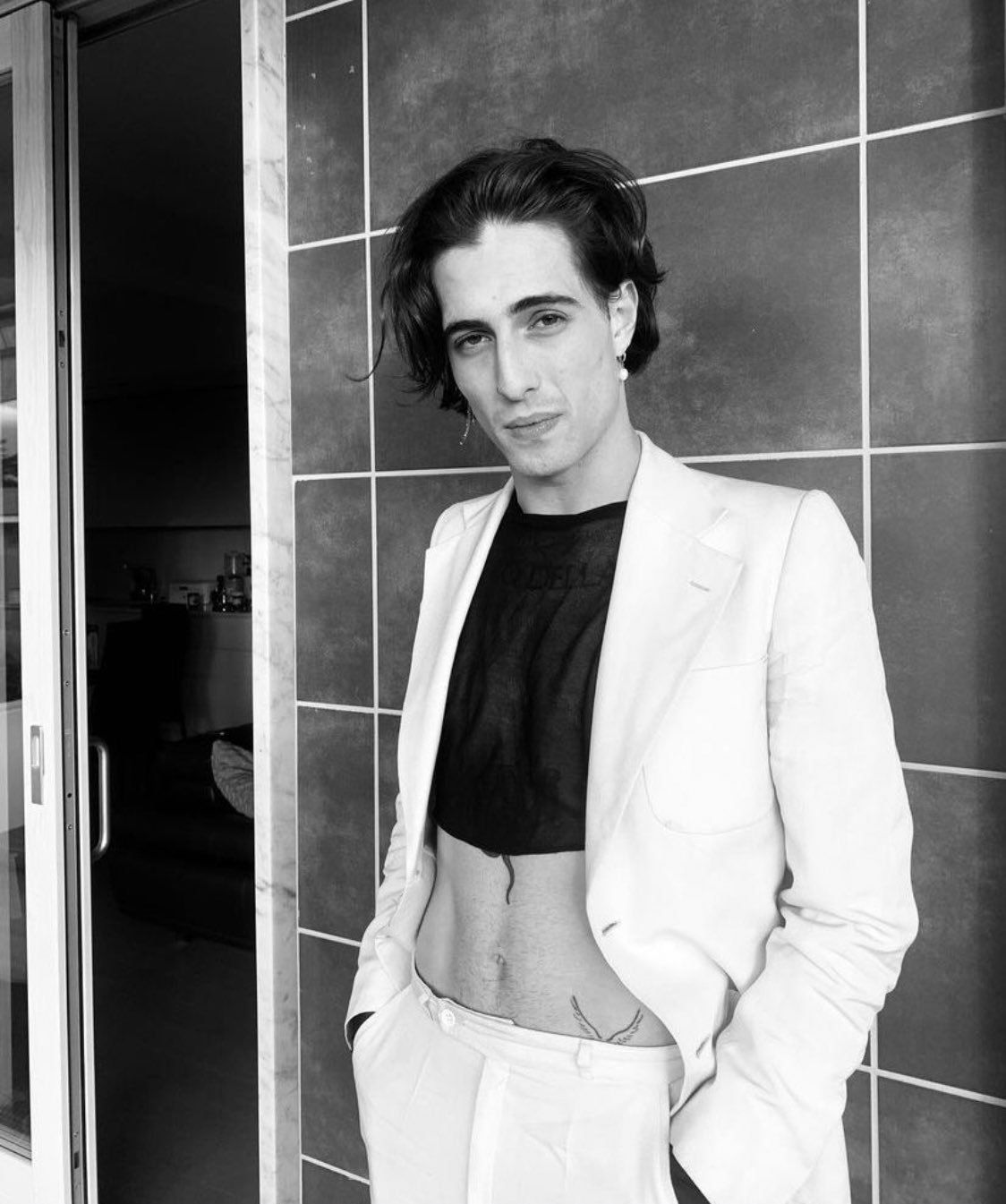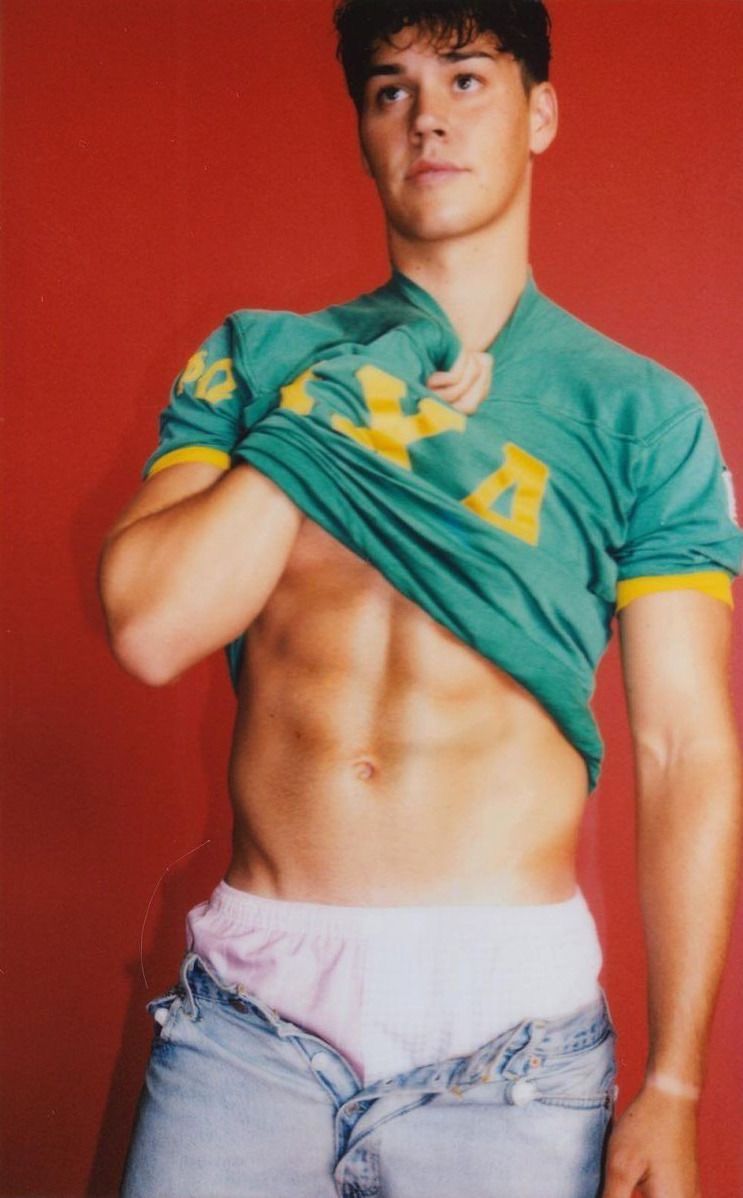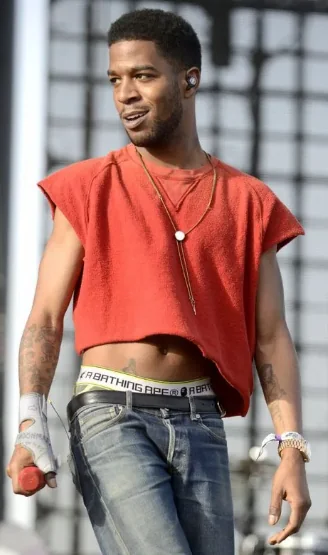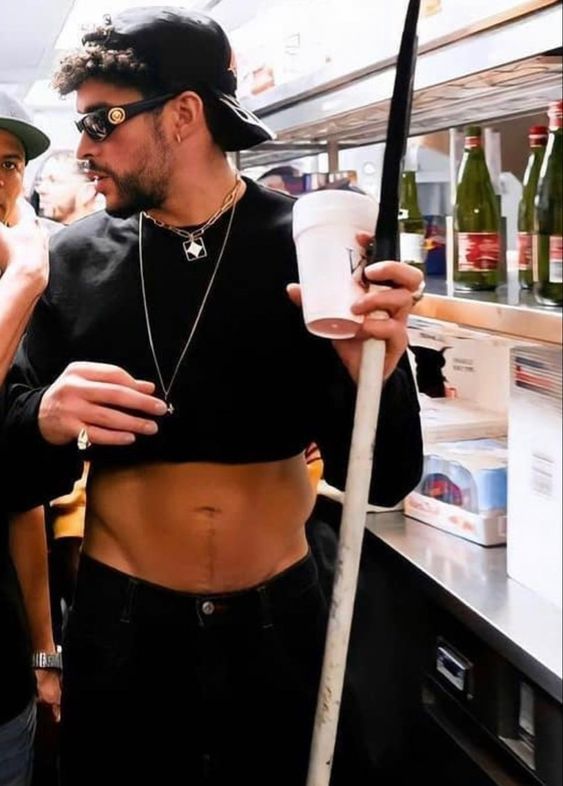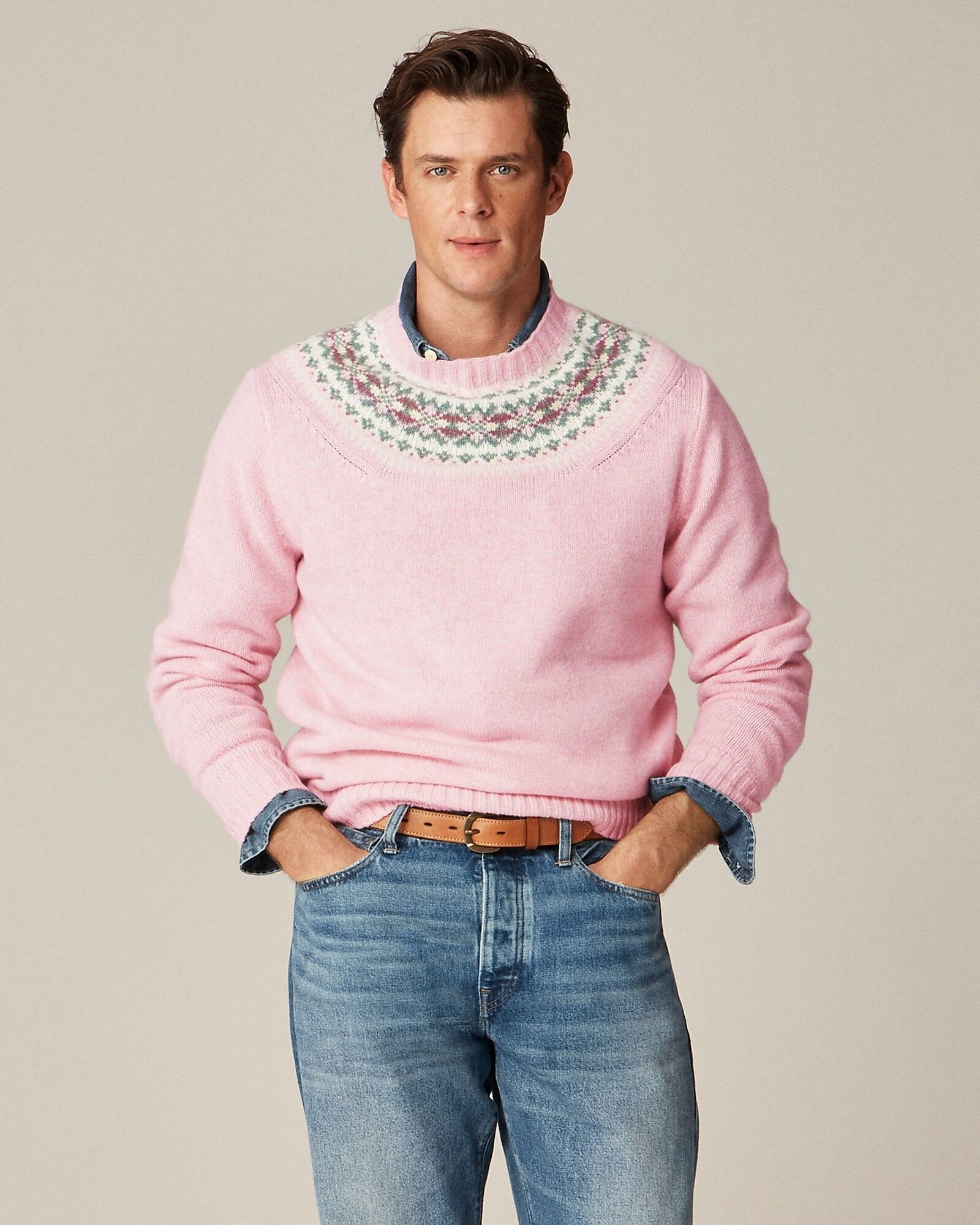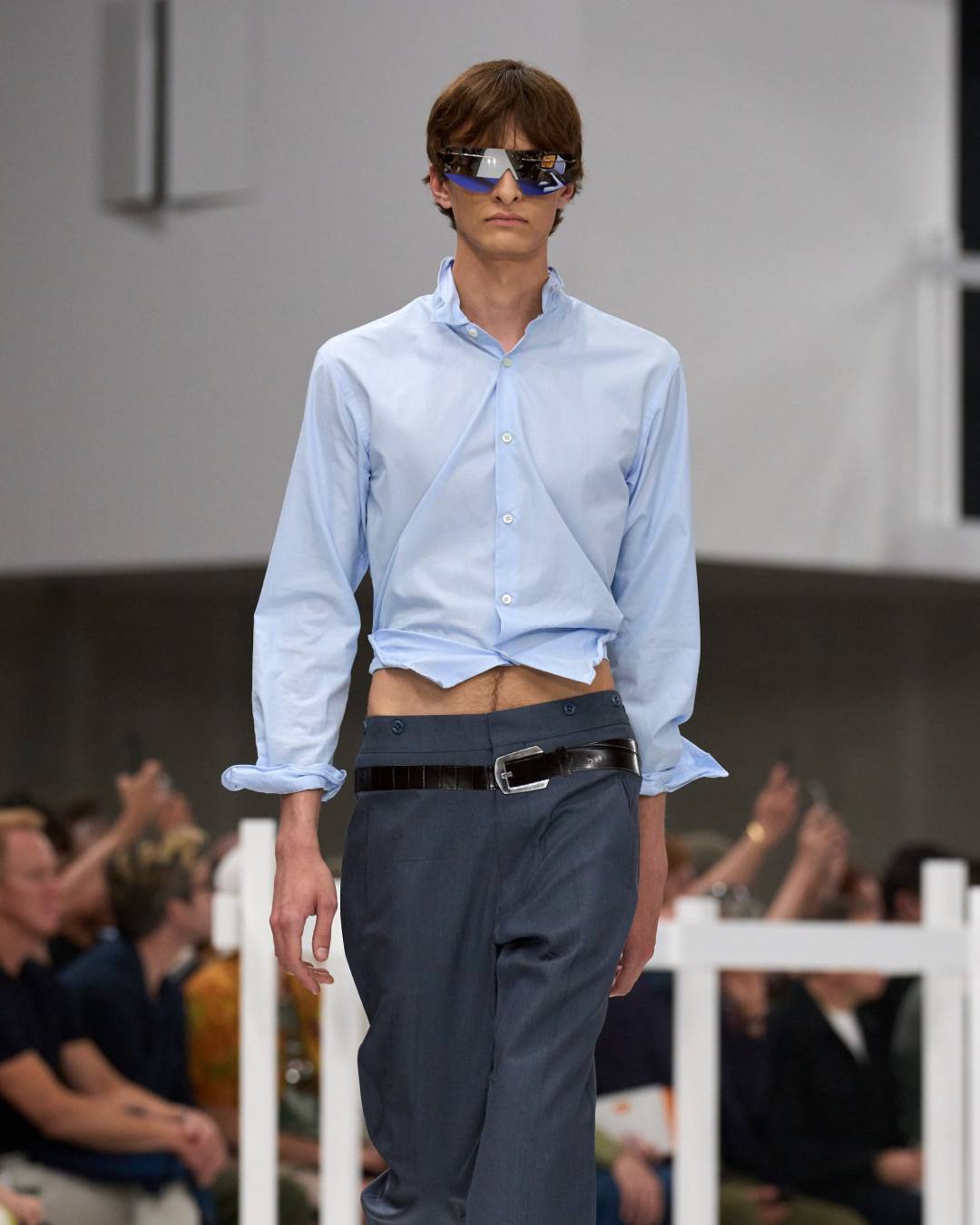
The politics of crop tops And why GenZ is not afraid to show its underbelly
Sometimes personalizing a garment involves removing rather than adding. Sometimes, to literally refresh a top, all it takes is a pair of scissors. Although during the last Men's Fashion Week the runways were teeming with crop tops like never before, from Loewe to Prada, 2024 will not be the first golden year for the trend: Gen Z might not know it, but it has much deeper roots than a TikTok fit check. The crop top becomes part of European womenswear in the 1940s, when rationing forced citizens to limit the use of fabrics. It started becoming a trend twenty years later, during the decades of women's sexual liberation, and fully established itself in the 1980s with the popularity of athleisure and movies like Flashdance. At that moment, the crop top began to attract the attention of men starting with sports, as it was common for American football players to end up with ripped uniforms by the end of the game. The look was "picked up" by the LGBQTIA+ community but also by cinema and entertainment, appearing on TV and in movies with icons like Prince, Apollo Creed in Rocky III, Johnny Depp in A Nightmare on Elm Street, and Will Smith in The Fresh Prince of Bel-Air. The history of the crop top took a sharp turn in the 2000s, when Millennials decided to reverse the trend by lengthening shirts and instead removing the sleeves. If it weren't for Gen Z, who now love the squared-off silhouette of the crop top again, it would have been forgotten.
When it came to choosing the perfect length for shirts, Millennials, the young people born between 1981 and 1996, seemed to prefer abandoning scissors and sticking to rolling up the sleeves of t-shirts. It was always about showing off muscles, one way or another, but in that case, the choice to keep the belly covered responded to the need to go against the trends that were popular in their parents' time, as well as to form new ones. Between the late 1990s and early 2000s, Millennials favored layering, that is, the overlapping of different shirts (as the skater fashion of the time dictated) and low-rise jeans to show the brand of their underwear on the elastic band. The trend of the male crop top was completely annihilated in menswear also because any reference to queerness in those years was frowned upon, a hot topic in the tabloids, which in the early 2000s were brutal, on television, with decidedly tasteless jokes even in established shows like Gilmore Girls and Will & Grace, but also in music. In 2005, Kanye broke the silence on homophobia in the hip hop world in an interview with MTV News, but a real movement of acceptance of gay artists in the pop sphere only began in the mid-2010s thanks to figures like Macklemore, XXXTentacion, Eminem (who apologized for using homophobic slurs in the past), Tyler, the Creator, Frank Ocean, Kendrick Lamar and many others.
@teosworld_ Evening fit #fyp #foryou #menscrop #streetwear #mullet #grwm original sound - /a>
The male crop top regained success at the end of the 2010s thanks to Gen Z. Like Millennials, they rowed against all the trends that were popular among the previous generation, but decided to commit so much as to add political meanings to clothing. Just as the rise of blokecore among the queer community and women represents a sort of reclamation of a world, that of football, which has always sought to exclude them, the resurgence of the crop top in men's fashion tells of Gen Z's inclusive attitude and open-mindedness. In 2020, the younger designers of the fashion industry noticed the return of 80s aesthetics and began proposing them on the runway, with Martine Rose, Charles Jeffrey and Bianca Saunders leading the team, while in this last Fashion Week even the old guard adopted the boxy and playful silhouette of the crop top. At Prada it took the form of a folded blue shirt and a tight polo, at Loewe, the polo was paired with a belt that wrapped around the waist twice, highlighting the waistline. Once again, the best innovations come from the past, picked up by the young and repackaged by the higher-ups. Until the young become old, and it will be up to Gen Alpha to decide how much to uncover.










































